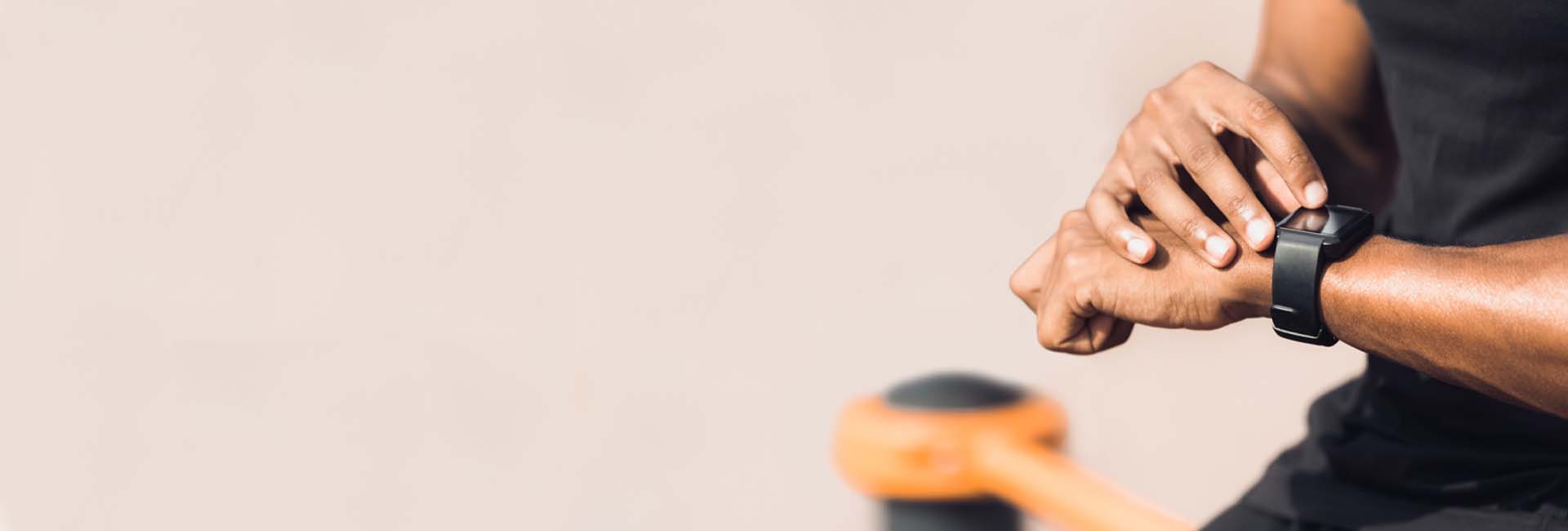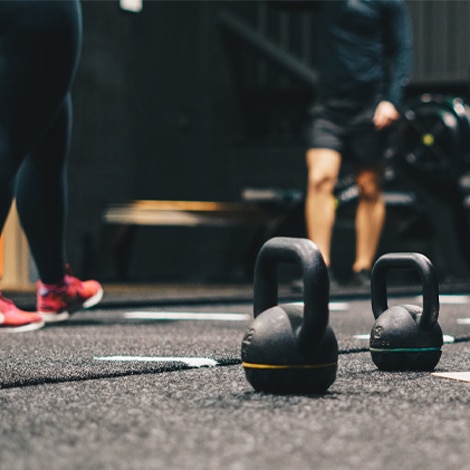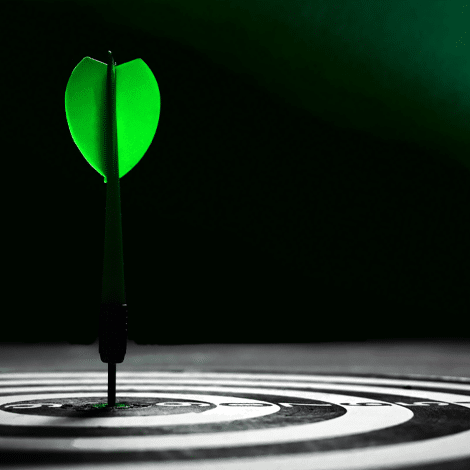by Marcus Colby
Sleep tracking used to only be possible inside a clinical setting, but in recent years, an increasing number of consumer solutions have become available, offering sports teams and military units an opportunity to better assess individuals’ recovery and internal responses to external load. However, there are a lot of acronyms, unverified claims, and metrics that manufacturers are promoting, making it difficult for performance staff to distinguish between valid data sets and advertising hype. In this article, we’ll highlight several evidence-backed variables and then explain how a team might utilize them to improve education, maximize training adaptations, and elevate performance and health.
Objective data obtained from devices such as the Oura Ring, Whoop Band, and smartwatches from Polar, Apple, and Garmin can give sports scientists insight into physiological markers concerning internal load. These can then be analyzed in an athlete management system (AMS) like Smartabase alongside subjective information that athletes self-report to optimize and individualize recovery plans.
TOTAL SLEEP DURATION
Total sleep duration is arguably the sleep metric that has the greatest scientific body of evidence backing its efficacy. Various measurements of sleep quality have become the focal point of many sleep tracker marketing campaigns, yet such an assessment is still very much a work in progress. At the time of writing, total sleep duration is a more reliable gauge of an athlete or warfighter’s total rest and also one of the easiest data points to gather and make usable.
While the amount of sleep that everyone needs is somewhat individualized, studies show that if total sleep duration drops below certain thresholds, risk of injury increases, the immune system is suppressed, physical and cognitive output decreases, and emotional volatility increases. A review of 19 studies published in the Clinical Journal of Sport Medicine stated that increasing sleep duration can improve outputs in “sports requiring speed, tactical strategy, and technical skill.”[i] There’s also evidence to suggest that the ability to learn new skills and develop existing ones is compromised by low total sleep numbers.
SLEEP-WAKE TIMES
Sometimes a competitor’s schedule forces them to alter their sleep patterns, whether it’s a road trip packed with away games, late practices, or early preseason camp workouts. Similarly, one of the biggest challenges for warfighters looking to recover adequately is the disruption and duress presented by training exercises and deployments. But if athletes and active-duty members of the military can standardize their sleep-wake times as often as possible, the consistency of their rest patterns will give them the best chance of optimizing recovery.
In a paper published in Sports Medicine, a research team wrote that “While variability is a characteristic component of sleep-wake behavior, regularly heightened levels of inconsistency in sleep are considered unfavorable and thought to disrupt the synchrony of circadian rhythms, subsequently influencing sleep duration/quality, and performance.”[ii] They went on to state that monitoring rest can enable performance staff to suggest sleep/wake times that are customized to each individual athlete, which would be more effective than trying to standardize the schedules of an entire team. If an athlete needs to catch up on sleep, they can avoid the negative impact of “social jet lag” by keeping the same wake time and going to bed earlier. An AMS such as Smartabase can input wearable data to see how effective such interventions are and demonstrate to an athlete what happens when their sleep-wake times are consistent versus irregular. Smartabase can also easily subjectively collect sleep and wake times if a device is not available, which gives us this data point and sleep duration via an automated calculation.
HEART RATE VARIABILITY
Another highly useful sleep measure that’s a standard feature on an increasing number of wearables is heart rate variability (HRV). Monitoring this enables performance staff in sports and the military to evaluate their team members’ autonomic stress balance. When an athlete is competing or a warfighter is in combat, they need their autonomic nervous system (ANS) to be tilted in favor of a sympathetic fight-or-flight response that readies their body and brain for decisive action and floods their system with stress hormones like cortisol. However, when they’re trying to wind down, the autonomic seesaw needs to tip back in favor of a parasympathetic rest-and-digest response to promote physical and cognitive recovery and high-quality sleep. HRV is the single most useful variable that sleep tracking provides to assess whether or not an individual is making this transition each evening.
Typically, higher HRV numbers are more desirable, as greater variability suggests that an athlete has transitioned into a parasympathetic state, while a lower score can indicate that they’re stuck in a sympathetic state that can compromise recovery, sleep quality, and forthcoming performances. A review of the literature stated that “Referring to athletes, changes in the patterns of their ANS reflected by altered HRV may serve as useful parameters for managing their physical fatigue and establishing their exercise intensity. Information regarding the extent to which the body recovers after training may provide useful data for the personalization of sports training, training loads and recovery times.”[iii] There’s some debate about when the best time is to capture HRV data. Wearables can send the raw data into Smartabase, allowing sports scientists to customize the time range to their needs.
AVERAGE RESTING HEART RATE
Much like total sleep duration, average resting heart rate is another sleep assessment number with many years of research backing it. When someone is overloaded, under-recovered, or both, we typically see that their average overnight heart rate goes up, while their HRV goes down. Although in some cases, acute recovery can demonstrate the opposite pattern, as a study of female collegiate cross-country skiers found that their HRV decreased and resting heart rate increased late in the season. The authors suggested that this might actually be desirable during short training blocks with a high overall load, as it can prompt more time in restorative slow-wave sleep.[iv] Then during periods with lower loads, the athletes might well return to a high HRV, low resting heart rate pattern.
A wearable can be useful for plotting average resting heart rate during sleep and its correlation with overnight HRV. Displaying the data in an AMS enables the performance staff to see trends developing with either or both variables so that they can help team members develop better rest and sleep strategies when needed. They can also factor in elevated waking heart rate and if someone’s cardiovascular system is working harder than normal during comparable training sessions, both of which can signal that an individual isn’t getting the recovery they need to handle current training stimuli.
SELF-REPORTED SLEEP QUALITY
As useful as the objective sleep data points mentioned above can be, we also shouldn’t discount or dismiss the additional context that subjective information can provide. Many sleep trackers present an overall sleep score and also project an athlete’s readiness for training. These might sometimes match up with how the individual actually feels, but there can also be days when a tracker shows high sleep and readiness scores, while the athlete wakes up feeling as if they need much more rest. The reverse can also be true.
An AMS such as Smartabase enables sports scientists to collect self-reported data regularly, and to then compare this with whatever sleep monitoring numbers are being obtained. In just a few minutes, every member of a team can complete a quick questionnaire when they report to the facility in the morning. Much as with rate of perceived exertion (RPE) that they log after a training session, an athlete could rate their sleep quality, how well rested they are, and their level of preparedness for training or competition on a one to 10 scale. This can then be overlaid on top of the input from their sleep monitor or wearable to show alignments and potential disparities in the data. If they’re not using a wearable, you can also ask them to record their sleep and wake times so that you can calculate their total sleep duration and see if their routine is supporting or undermining consistent recovery habits.
In an article for Sportsmith, Sian Allen and Peter Tierney wrote the subjective data can also be useful for confirming or challenging an athlete’s assumptions about their objective sleep measurements: “If an athlete knows they were awake for at least three of the eight hours they were lying in bed trying to sleep, but their wearable tells them they slept a full eight hours, they may never believe anything the device reports ever again or anything you say, since you’re the one who asked them to wear it. On the other hand, some athletes might be inclined to blindly believe anything a device tells them, even if it’s completely implausible.”[v]
ANALYZING AND APPLYING SLEEP METRICS
While there are lines of best fit for all athletes – like recommending seven to nine hours of shuteye per night – sleep is also highly individualized. Chronotypes and circadian rhythms differ from person to person and impact sleep-wake schedules, optimal training times, and more, so trying to prescribe one-size-fits all recommendations for an entire team is of limited benefit and will likely lead to pushback or a lack of adherence.
If you are going to look at sleep patterns across an entire group, you could use an AMS for gamification, creating a daily dashboard to visualize who’s getting the most sleep, the best readiness scores, and so on. This can stoke healthy competition among team members and motivate them to beat their peers. If you’re trying to make lasting beneficial changes to sleep habits though, it could be more effective to monitor each athlete separately and chart their ups and downs in the AMS. Comparing an individual to themselves will offer the most insightful side-to-side comparison of what’s happening now compared to historical averages. Utilizing Smartabase can ensure that each team member is close to their sleep ceiling more often than not, while keeping away from their floor (the minimum sleep output they need to function optimally).
When trying to see if sleep patterns are fairly consistent or varying wildly, you can use a platform like Smartabase to create a Z score that shows how many standard deviations away from their typical mean sleep quantity and quality an individual is at any given time. To present this more simply to coaches and athletes, Z scores for sleep duration, overnight HR and HRV, and the other metrics I mentioned earlier can feed into an overall STEN score, which provides a convenient and easily interpreted number from one (worst) to 10 (best).
If a player presents Z scores that are a certain number of deviations away from their average in any sleep variable for a certain length of time, Smartabase can automatically assign an orange flag to indicate moderate risk or a red one to show high risk. Should the individual receive a single flag for too long or have multiple alerts for several days, a coach can be notified so that they can use the data to inform a teaching moment about the importance of regularly getting good rest.
It’s also helpful to take contextual factors into account when considering when to intervene and when to hold off and observe. For example, if the team is on a long road trip, the demands of traveling, sleeping in an unfamiliar environment, the competitive schedule, unusual mealtimes, and other factors can throw off circadian rhythms until they return, and it might take several days afterward for them to get back to their regular routines. In which case, disrupted sleep patterns are to be expected and aren’t cause for alarm. The same goes if an athlete has a new baby at home, is moving house, and so on. Whereas if a player moves too far away from their ideal sleep output – the combination of sleep duration, sleep/wake time consistency, and physiological measures – for too long without such additional stressors, then the staff can use data-informed insights gleaned from Smartabase to intervene before poor sleep patterns compromise their performance, recovery, or health.
[i] Gregory W Kirschen, Jason J Jones, and Lauren Hale, “The Impact of Sleep Duration on Performance Among Competitive Athletes: A Systematic Literature Review,” Clinical Journal of Sport Medicine, September 2020, available online at https://pubmed.ncbi.nlm.nih.gov/29944513.
[ii] Mathieu Nedelec et al, “The Variability of Sleep Among Elite Athletes,” Sports Medicine, July 27, 2018, available online at https://sportsmedicine-open.springeropen.com/articles/10.1186/s40798-018-0151-2.
[iii] Jin-Guo Dong, “The Role of Heart Rate Variability in Sports Physiology,” Experimental and Therapeutic Medicine, May 2016, available online at https://www.ncbi.nlm.nih.gov/pmc/articles/PMC4840584.
[iv] Yasuki Sekiguchi et al, “Relationships Between Resting Heart Rate, Heart Rate Variability and Sleep Characteristics Among Female Collegiate Cross-Country Athletes,” Journal of Sleep Research, December 2019, available online at https://pubmed.ncbi.nlm.nih.gov/30843295.
[v] Sian Allen and Peter Tierney, “Making Smart Decisions When Introducing Wearable Technology,” Sportsmith, https://www.sportsmith.co/articles/smart-decisions-when-introducing-wearable-technology.








